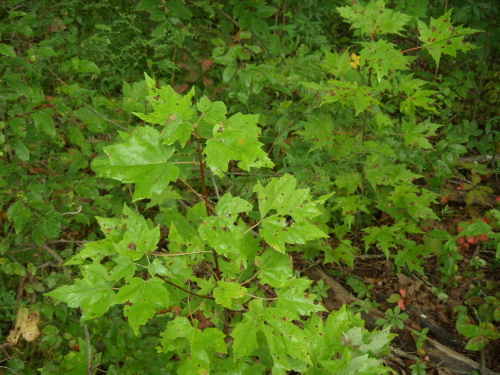One of my favorite things about fall has always been, and still is, the opportunity to look at the beautiful color changes in the mountains. 
A few weeks ago, I took an online class for educators with Project Budburst. The class was a really great way to introduce me to the protocols Project Budburst uses, and led me through the steps to pick out a plant for my Earth/Environmental Science class to track throughout this fall season. We chose a red maple tree just off the trail near our campus. 
As an educator, there are plenty of opportunities for professional development through Project Budburst, and you'll find great ideas for incorporating this citizen science project into your classes! Just posted on the PolarTREC website is a lesson plan designed by teacher Nancy Bigelow; check it out for great ideas to use as a guided inquiry lesson. As regular citizens, I encourage all of you to check out the site…the fall campaign is on to Fall into Phenology!
It's fun, easy, and really helps contribute to ecological knowledge across the United States!


Comments